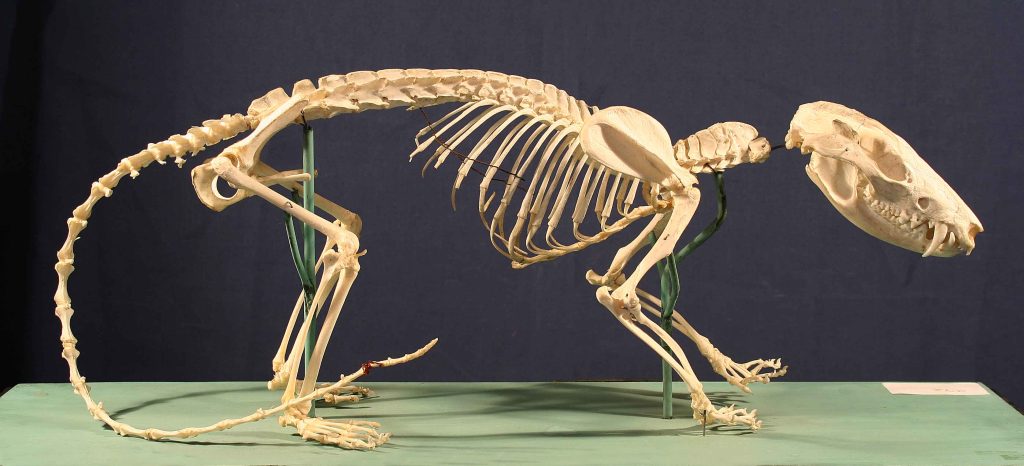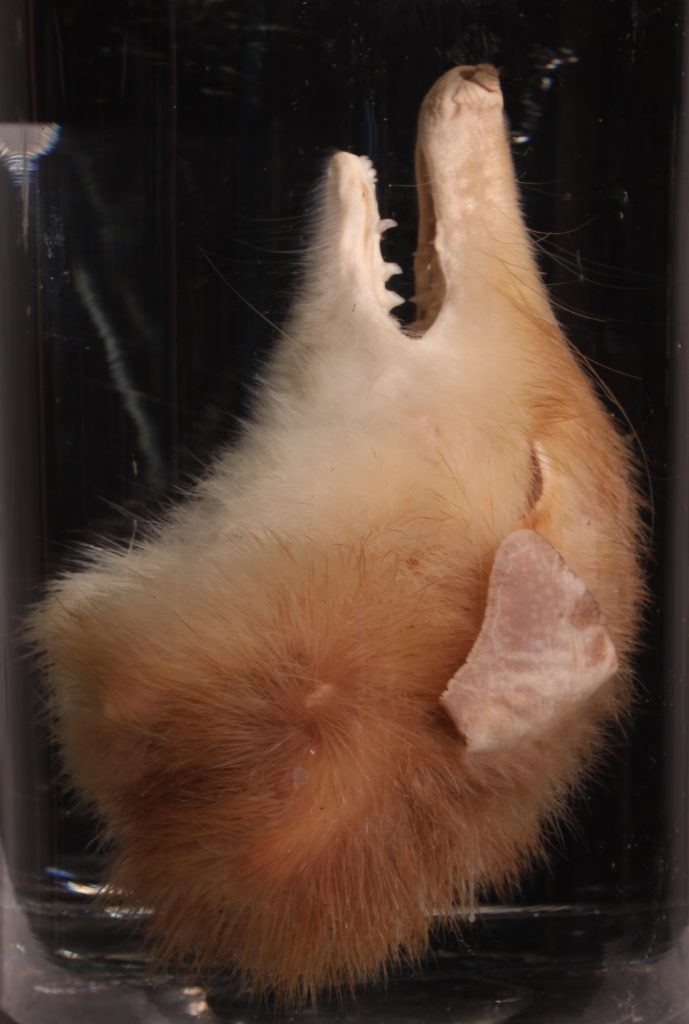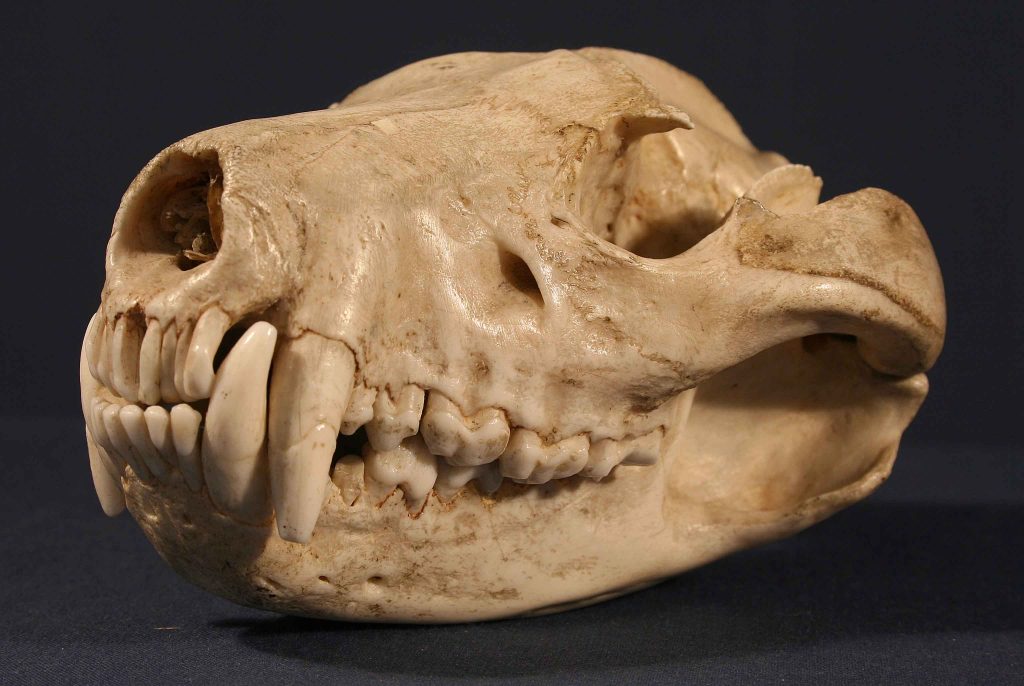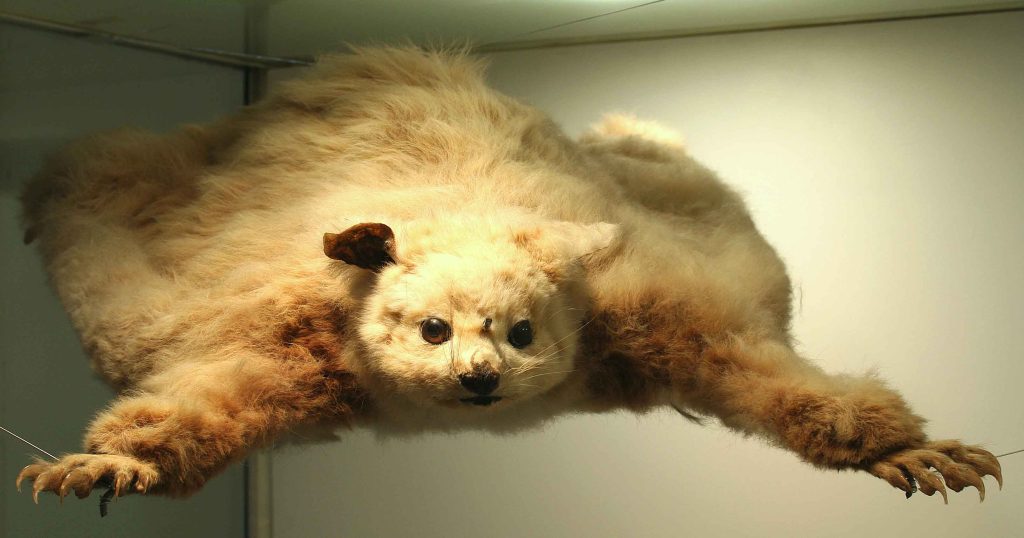The Marsupialia

Marsupials are a group of mammals characterised by females giving birth very prematurely then carrying their undeveloped young in a pouch, where they continue to grow while attached to the nipple. There around 330 species, most of which are found in Australia, although there are around 100 found in the Americas. Marsupials range from 2 metre red kangaroos to marsupial mice that are only 12 centimetres long.

North American Opossum (972)
The North American opossum is the only marsupial species found in the United States. They are solitary and nocturnal, often found in urban areas as they are opportunistic when it comes to scavenging food. They have long, prehensile tails used for holding food or tree branches. The species is known for ‘playing dead’ when it is very afraid as a defence mechanism.

Long-nosed bandicoot (1723)
This species of bandicoot is found across eastern Australia. It is an omnivore, seeking out invertebrates such as spiders and beetle grubs, fungi and plant roots with its long, pointed nose. Their gestation period is one of the shortest in all the mammals; offspring are born after just 12 days! They then spend another 50 days in the mother’s pouch.

Tasmanian devil (1860)
The Tasmanian devil is the largest living carnivorous marsupial. These dog-sized, stocky animals have a very powerful bite and are known to be very vocal and ferocious when fighting. Despite being very squat and muscular, devils can run surprisingly quickly in short bursts – up to 8 miles per hour. They store body fat in their tails, so a fat tail is an indicator of a healthy devil.

Wallaby (345)
Wallabies are related to kangaroos, but are generally much smaller. Like their relatives, wallabies use their powerful hind legs to jump and move along at high speeds and to defend themselves by kicking. Their large tails are used for balance and support.

Flying phalanger (590)
The flying phalanger, or greater glider, is a large gliding marsupial that lives in, and exclusively feeds on, eucalyptus trees. They are solitary and nocturnal, using the parachute-like expansions of skin between the fore and hind limbs to glide between trees.

Thylacine (2764)
The thylacine, or Tasmanian wolf, is one of the most recent animal extinctions – the last wild thylacine was killed in 1931. This species was the largest carnivorous marsupial and looked like a medium-sized dog with stripes on its lower back and backwards-facing pouch. Males also had pouches, used to protect reproductive organs. The thylacine had an unusually wide gape, able to open its jaws by 80 degrees.
